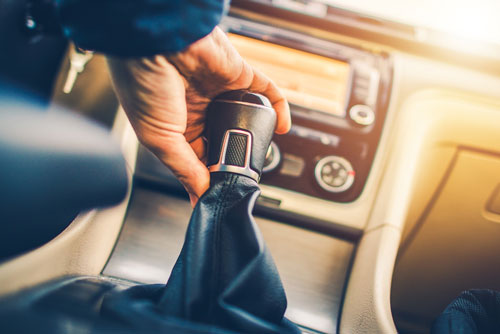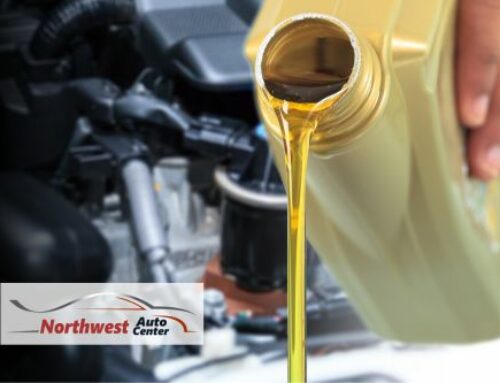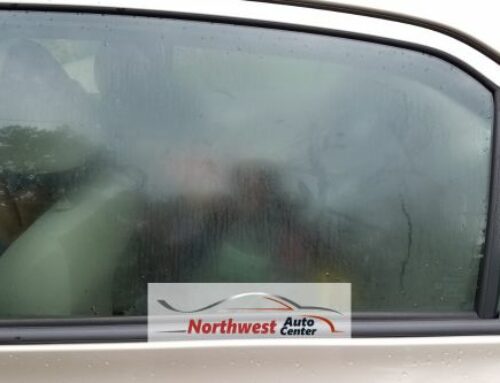Drivers who can drive manual cars seem to be a dying breed. Why? Because driving a manual car takes a certain added skill and finesse and today, most people don’t want to have to shift gears…especially in traffic.
Additionally, manual cars come with their own set of driving rules and guidelines that are a bit different than driving an automatic car. Break them, and you could find yourself replacing your clutch sooner rather than later. And let us tell you, no one wants to be surprised with that bill.
So, what do drivers with manual transmissions need to know and do differently than their automatic counterparts?

7 Things You Shouldn’t Do While Driving a Manual Car
1) Use the Clutch Pedal as Foot Rest
Your clutch isn’t a footrest. It’s meant to be engaged and then disengaged, and by resting your foot on the pedal, you are partially engaging the clutch.
More importantly, resting your foot on the pedal, will prematurely wears parts that will have to be replaced at a later date.
2) Using the Clutch to Prevent Rolling at a Light or Stop
The first time you try to move from a stop on a hill is a jarring experience while driving a manual car. You’ll find yourself moving backward before moving forwards.
For this reason, some drivers keep their clutch engaged to prevent them from rolling backward.
But, this wears the friction materials on your clutch that helps engage and change gears. It’s a bad habit to start and a hard one to break, so best not to do it from the start.
3) Rest Your Hand on the Gear Lever
Like resting your foot on the clutch, resting your hand on the gear lever while driving a manual car causes premature wear.
In this case, it’s your selector fork that gets worn down as it is continually engaged with the collar that helps slide the level into different gears.
4) Keep Your Car in Gear While Stopped
When traffic gets busy, it’s sometimes easiest to keep your car in gear after coming to a stop.
Keeping your gears engaged while at a stop and not moving causes unnecessary wear on your gears and clutch. So the next time you are stopped, slide it into neutral and take your foot off of the clutch pedal.
5) Using the Incorrect Gears
In an automatic car, your transmission does the work for you, putting you in the shifting through the gears when you’re speeding up. When driving a manual car, those decisions are all up to the driver.
When shifting up as you speed up, you need to go through the gears in order. Additionally, it’s best to shift up to higher gear when available, avoiding reaching the “red line” zone and higher RPMs that cause higher wear on your clutch and gears.
6) Floor It in Low RPMs
We’ve all done it just for the thrill, floored our car to see how fast you can get going. With manual cars, you need to go through the regular shifts while picking up speed, getting the right RPMs to get enough power.
So, instead of flooring it in 3rd, 4th, or 5th gear — downshift. It gives you more power and helps save your clutch.
7) Shifting Without Engaging the Clutch
Believe it or not (though we suggest you do), you can shift without engaging the clutch.
But, just because you can doesn’t mean you should. When driving a manual car, ALWAYS engage the clutch before shifting. Engaging the clutch momentarily disconnects your engine from the transmission while you transition into a new gear. Slamming your car into gear not only hurts your clutch, but it could also damage your engine.
Driving a manual car is a life skill we suggest everyone has — you never know when you’ll find yourself find the wheel of a manual car. And while more challenging to learn at the start, it eventually turns into a fun and engaging drive — if you do it right.
Following this manual transmission rules will help keep your clutch in great shape and you on the road. Have questions or need to schedule a repair because you didn’t follow these guidelines? Call Northwest Auto Center of Houston at (281) 894-8880.






Leave A Comment
You must be logged in to post a comment.